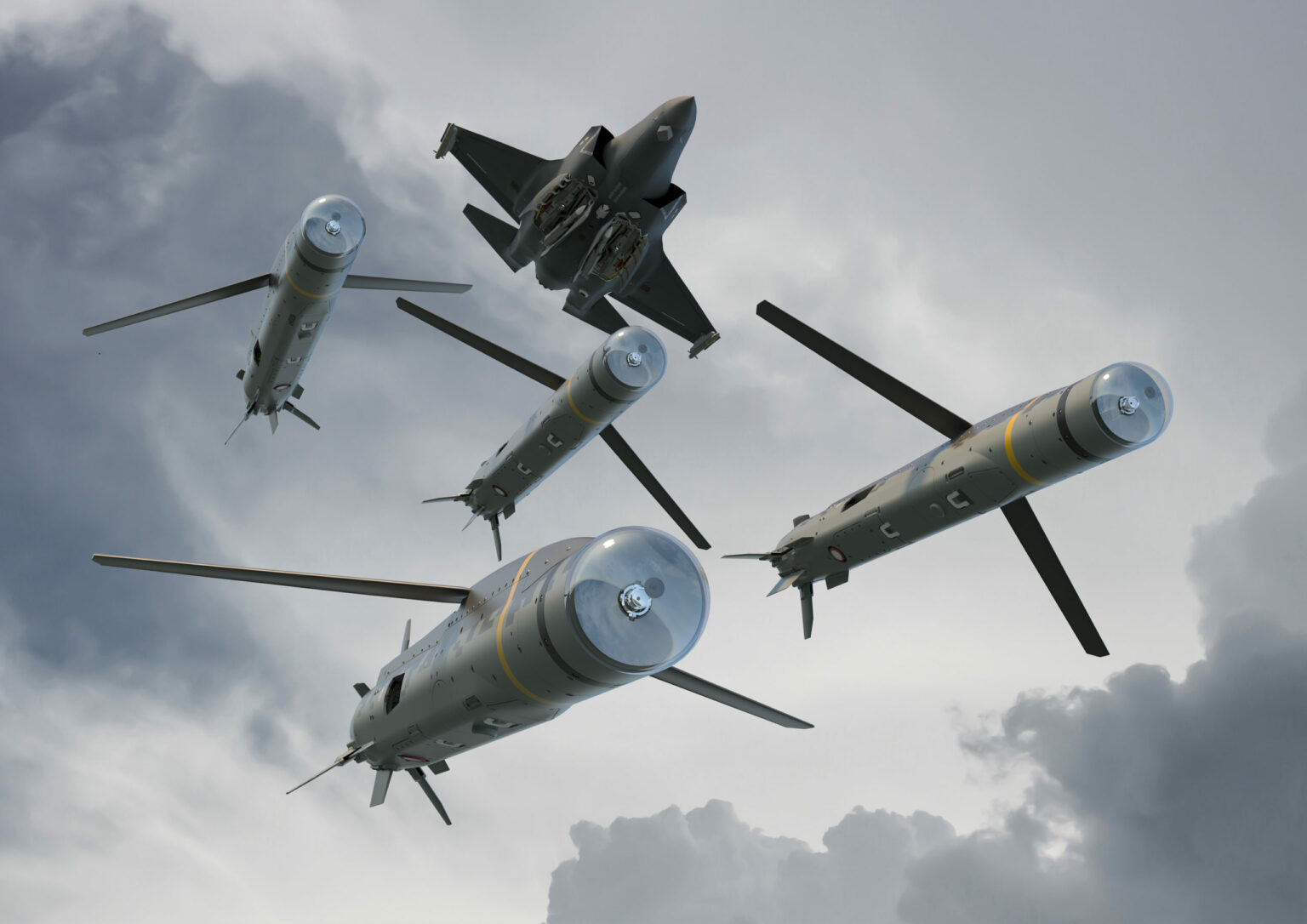SOURCE: RAUNAK KUNDE / NEWS BEAT / IDRW.ORG

In a bold and forward-looking move, India is set to embark on an ambitious journey to develop state-of-the-art air-launched anti-radiation combat swarm drones, representing a monumental advancement in its defence capabilities.
These cutting-edge drones are purpose-built for the critical mission of suppressing and neutralizing enemy airdefences, a role known in military terms as SEAD (Suppression of Enemy Air Defenses) and DEAD (Destruction of Enemy Air Defenses).
What sets these Air-Launched Anti-Radiation Combat Swarm Drones apart is their inclusion in India’s “Blacklist of Imported Weapons,” a significant policy shift scheduled to take effect in 2030. While India currently operates ground-launched loitering ammunitions with similar capabilities, the introduction of air-launched variants represents a quantum leap in India’s military capabilities.
Here’s an in-depth look at the significance and implications of India’s endeavour to develop these advanced combat swarm drones:
1. Revolutionary Capabilities: The development of air-launched anti-radiation combat swarm drones marks a revolutionary stride in modern warfare. Equipped with specialized sensors and weaponry, these drones can detect, target, and neutralize enemy radar systems, communication hubs, and other vital components of air defence networks. This capability grants India a substantial advantage in offensive operations.
2. Swarm Technology: The term “swarm” denotes the coordinated deployment of multiple drones working together to achieve a shared objective. In this context, India’s approach involves deploying a swarm of these combat drones, which can synchronize their actions to overwhelm and incapacitate enemy air defences efficiently. Swarm technology enhances mission effectiveness and resilience.
3. Air-Launched Advantage: By opting for air-launched drones, India gains unmatched flexibility in deployment. These drones can be launched from various platforms, including fighter aircraft, ensuring they are readily available during air combat missions. This adaptability enables India to respond swiftly to evolving battlefield scenarios.
4. Indigenous Innovation: India’s unwavering commitment to indigenous defence manufacturing is central to this endeavour. The domestic development of these combat swarm drones not only reduces reliance on foreign suppliers but also nurtures the growth of India’s defence technology sector. It empowers the nation to tailor the drones to its unique needs and specifications.
5. Strategic Imperative: India’s pursuit of air-launched anti-radiation combat swarm drones aligns seamlessly with its broader defence strategy. As regional security dynamics evolve, the ability to neutralize enemy air defences assumes paramount importance in safeguarding national interests and upholding military supremacy.
6. Deterrence and Regional Stability: The mere presence of these advanced drones in India’s arsenal serves as a powerful deterrent to potential adversaries. The knowledge that India possesses formidable SEAD and DEAD capabilities can dissuade hostile actions and contribute to regional stability.
NOTE : Article cannot be reproduced without written permission of idrw.org in any form even for YouTube Videos to avoid Copy right strikes. Websites doing illegal reproductions will get DCMA and Legal Notices.